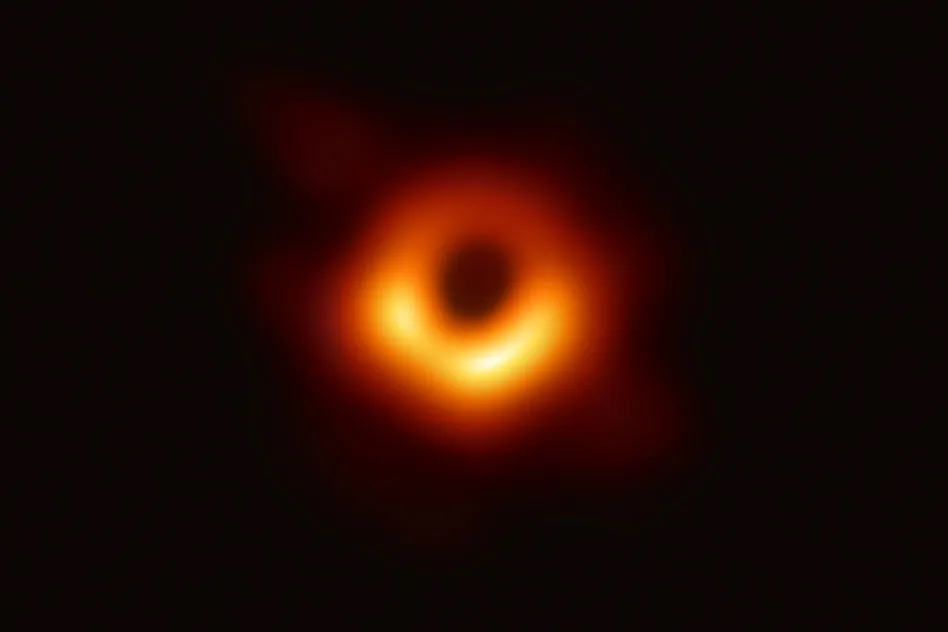- An old massive black hole bigger than the Sun has surprised scientists
- It was created shortly after the so-called Big Bang
A team of American astronomers managed to discover a massive black hole. The giant cosmic object surprised scientists not only by its size, but also by its age, which is estimated to be roughly 13 billion years old. This makes this black hole one of the oldest known bodies of its kind.
Don’t miss: Samsung Galaxy S24: iPhone competitors impress with artificial intelligence and titanium design
The oldest black hole caught astronomy by surprise
The James Webb Space Telescope (JWST) has discovered the oldest black hole ever observed, an ancient monster weighing 1.6 million Suns that lurks 13 billion years in the universe’s past.
The Webb Telescope, whose instruments allow us to peer back in time to the beginnings of the universe, has spotted a supermassive black hole that formed about 440 million years after the Big Bang at the center of the GN-z11 galaxy.
Findings from the data of this telescope thus confirmed that supermassive black holes already existed at the beginning of the universe.
“The surprise is how massive the black hole is. This was completely unexpected,” commented project leader and astrophysicist from Cambridge University Roberto Maiolino for the British portal The Guardian.
James Webb’s Telescope Observations
A black hole is a region of spacetime that exhibits such strong gravitational acceleration that nothing can escape, not even electromagnetic radiation such as light. The incredible discovery was made by a halo of gas and dust swirling at high speed around the black hole at the center of the GN-z11 galaxy.
It is not yet clear how black holes could have grown to such enormous proportions during the Cosmic Dawn, a period about 100 million years after the Big Bang.
Astronomers believe that black holes are born from the collapse of giant stars. But however they form, they grow by constantly gobbling up gas, dust, stars, and other black holes. During feasting, friction heats up the material, which spirals into the maw of black holes, and these then emit light that can be detected with telescopes – thus becoming so-called active galactic nuclei (AGN).
The most likely explanation for why the earliest early black holes grew so fast is that they were formed by the sudden collapse of giant gas clouds, or that they formed from multiple star-black hole mergers.
The second hypothesis is the existence of so-called primordial black holes, which were created during cosmic inflation, the period of faster-than-light expansion of the universe that occurred a fraction of a second after the Big Bang. Another possibility is that compact star clusters and black holes merged very quickly in the early universe.
Preview photo source: NASA, source: Space, Guardian
2024-01-18 10:54:02
#Amazing #discovery #Scientists #ancient #monster #lurking #depths #space #beginning


